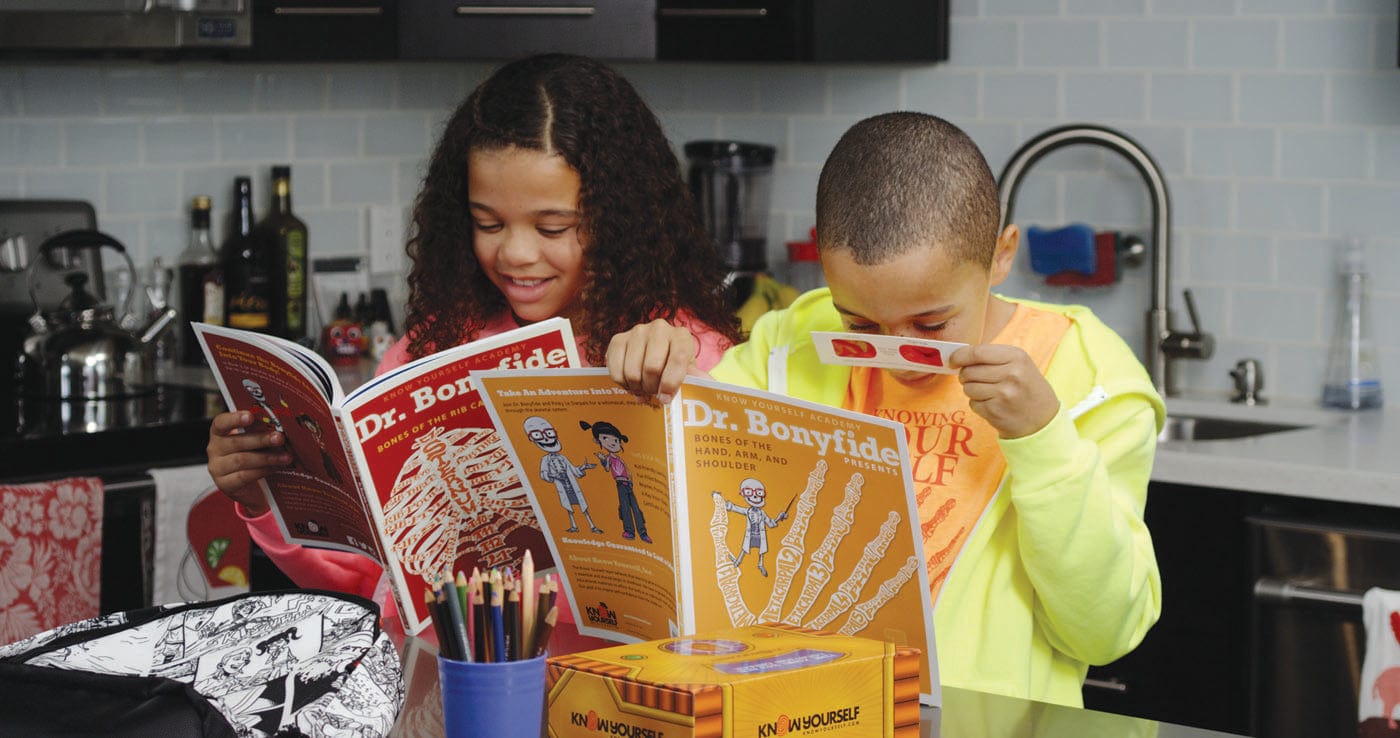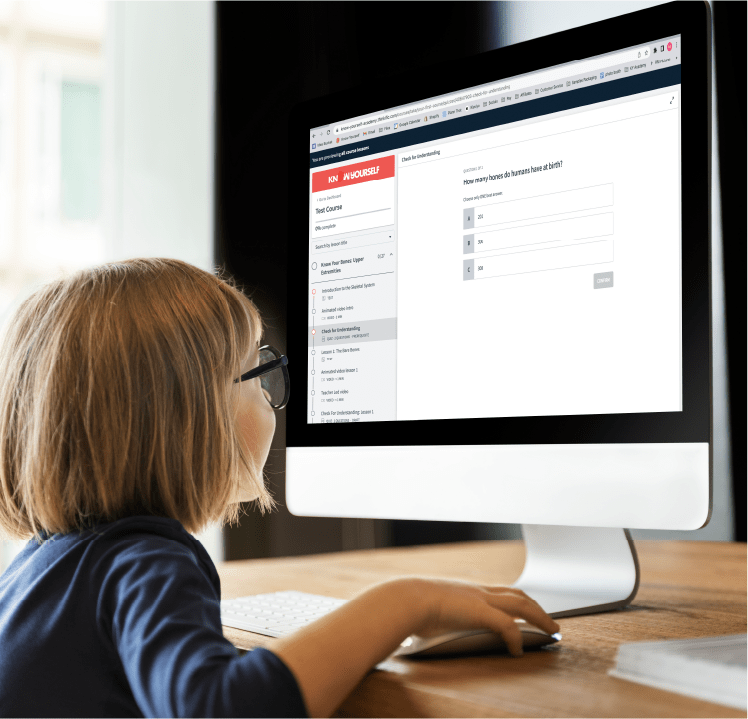On Friday 12/2/16, someone from Berkeley, CA called Science Friday program on NPR talking how awesome Dr. Bonyfide Books have been for her nieces and nephews.
The program was featuring
The Best Science Books of 2016, and she considered important to mention these books. We are immensely thankful to this caller, and would like to share a little more info about these “
colorful, instructional, and participatory” books, as she described them.
Let’s start by introducing Dr. Bonyfide:
Dr. Bonyfide is the host of our books, he is a charismatic skeleton professor on a white coat and red glasses who has deep knowledge about the bones and all the systems of the human body. He is also well versed about world culture. He has a generous soul as he loves to share his knowledge with his students.
How many books do we have?
- Book 1. Dr Bonyfide presents Bones of the Hand, Arm, and Shoulder
- Book 2. Dr Bonyfide presents Bones of the Foot, Leg, and Pelvis
- Book 3. Dr Bonyfide presents Bones of the Rib Cage and Spine
- Book 4. Dr Bonyfide presents Bones of the Head, Face, and Neck.
We launched our first book on 2014, and we will keep working on creating new books to discover other systems of the human body in the same entertaining way
Is the information accurate?
Our creative process guarantees accuracy of the information featured on our books. Research of core content is performed by both, teachers and doctors, who work side by side with designers, illustrators, parents, cartoonists, writers, and engineers to present this info in a complete yet fun way. Every iteration goes through a thorough revision process by doctors and teachers. In the last part of the process audits by external health professionals are performed. The quality of our team and this process validate the contents and structure of our books, to make sure the knowledge lasts for a lifetime!
What educational tools do Dr. Bonyfide Books use?
Dr. Bonyfide books use multiple learning techniques to keep kids engaged. For kinesthetic learners, our books have instructions to do dances, to perform experiments, to touch and count your phalanges, and more. For visual learners, as the caller said, we’ve created our own typography that has the names of the bones outlined in it’s own shape, so kids can associate the name with the shape or function.
Comics are also an important part of our books, and great for avid readers. We feature short stories about guest characters generally showing how they overcome personal issues.
Anatomy is filled with difficult words, and so are our books. But the difference is that make sure we explain the meaning or
etymology of these advanced words. In other cases we make sure that the context will encourage kids to grab a dictionary and look for a definition themselves. Believe it or not, kids will know what a prosthesis, cuneiform writing, and kyphosis are. We also use
word games such as crosswords, word search puzzles, acronyms, mnemonics to help kids retain the info and practice their writing!

















Leave a comment (all fields required)